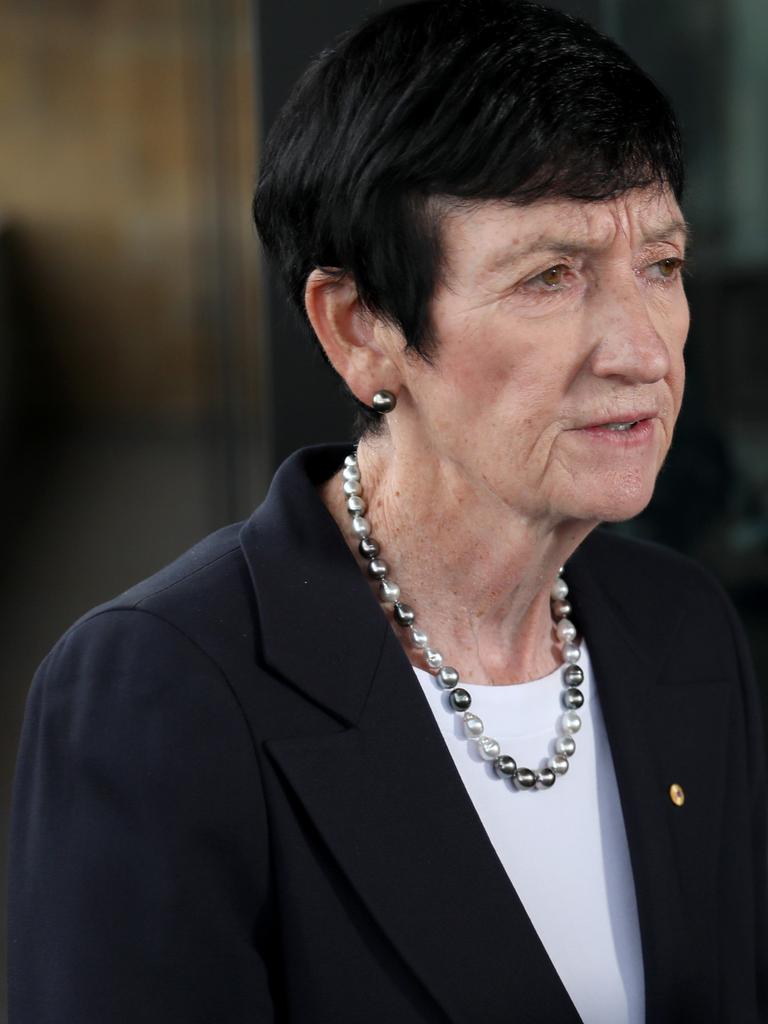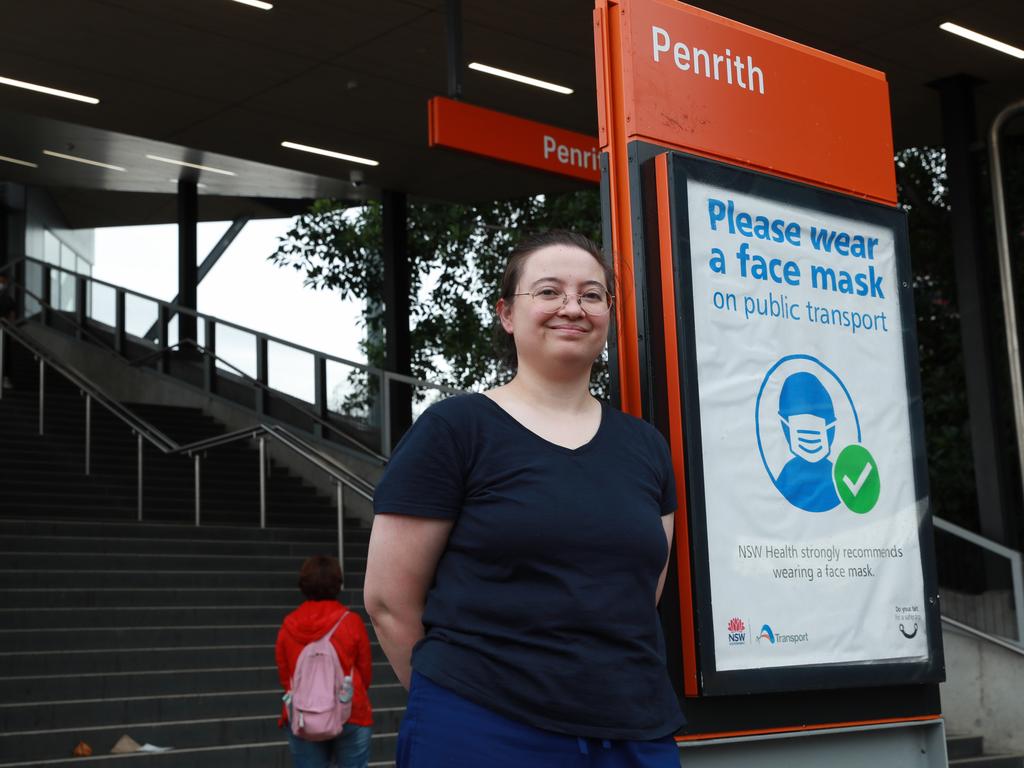Western Sydney has worst access to public transport, prompting $20b spending call
New public transport metrics have made Sydney’s east-west divide even more stark, revealing which areas have a fraction as much access as the inner city. See where your area ranks.
NSW
Don't miss out on the headlines from NSW. Followed categories will be added to My News.
Commuters in Western Sydney have the worst access to public transport and the least number of services after decades of neglect on infrastructure spending.
But on Tuesday the Western Parkland City Authority chair Jennifer Westacott vowed to reverse “a decade of historic infrastructure delays and lagging living standards” with $20 billion of investment.
A new report by the McKell institute found that all eight Western City councils are in the bottom third of Sydney’s local government areas when it comes to distance to public transport and frequency of services.
“Western Sydney must become our city’s infrastructure priority,” McKell Institute chief executive Michael Buckland said.
“Those in the West have every right to access jobs and services as easily as those in the East. But they can’t do that without massive infrastructure investment.”
Of Sydney’s 33 local government areas, the third with the best access to public transport are all in the East or Northern District.
Commuters’ access to public transport was calculated by assessing how close they were to services and the frequency of those services – a metric known as the Public Transport Accessibility Level.
Sydney City is the LGA with the highest access to public transport with a score of 52, followed by Burwood with a score of 30, which are both considered to be in the Eastern City using the Greater Sydney Commission’s district boundaries. Waverley, Randwick and North Sydney rounded out the top five.


In contrast, the least accessible LGA, Wollondilly, had an accessibility score of just two, followed by the Blue Mountains with three. Hawkesbury had a score of four and Camden six.
Labor Leader Chris Minns seized on the findings to say: “The priorities of the NSW Government are all wrong when it comes to transport and western Sydney.
“That is why NSW Labor will prioritise new infrastructure in Western Sydney over building the Northern Beaches link,” he said.
“‘The Government is projecting major population growth for western Sydney, South West and North West Sydney, without the infrastructure or public transport investment to match.”
The McKell report found that access to public transport was skewed in favour of areas with higher incomes.
“People with less resources at their disposal will be forced into communities with lesser services,” it said.
In response, Transport Minister Rob Stokes said the government is delivering raft of new public transport projects in Western Sydney, but an upcoming “long-term plan for future transport” will outline what more needs to be done.

That spiral of neglect on spending has left Western Sydney with a shortage of jobs, fewer households with access to jobs within 30 minutes of home, lower incomes and higher incidences of obesity and diabetes than the rest of Sydney.
But Western Parkland City Authority chair Jennifer Westacott said that was about to change with a $20 billion boost in spending.
“This is a watershed moment for Western Sydney, the reversal of a decade of historic infrastructure delays and lagging living standards. Upwards of $20 billion is already flowing through the region now helping build new infrastructure, create new jobs and a stronger future for the region,” she said.
Ms Westacott said there was now “an opportunity to correct the mistakes of the past by delivering massive investments, infrastructure and new jobs as the population grows.
“Our decision not to give away the land around the airport for more housing and urban sprawl reverses a 200-year trend in Sydney of putting housing before jobs and infrastructure which has left people with a diminished quality of life,” she said.
“I want everyone in NSW to know what the international investors I speak to every week already tell me, this is a once in a generation opportunity.”
Nurse Marian Suters takes at least four different trains, buses, and sometimes light rail to get from Penrith to Randwick.
She said recent strikes and train cancellations have put an even bigger strain on the already lengthy commute, which takes about an hour and a half on a good day.
“I get up at 4am and get home around 4:30pm, sometimes five or six (pm),” she said.
“I hate it when they call off the trains last minute. It gets sprung up on you.”
Commuter Therese Joseph spends about an hour and a half travelling through Penrith from the Blue Mountains area to different parts of Greater Western Sydney, including Blacktown and Mount Druitt.
She says the commute used to be a lot easier when going to and from Penrith and more trains are needed to keep up with the demand.
“I have to catch the bus to Blacktown to get where I’m going. (The transport) used to be good, even when there was track work,” she said.
“There seems to be less trains (nowadays).”
More Coverage
Originally published as Western Sydney has worst access to public transport, prompting $20b spending call








